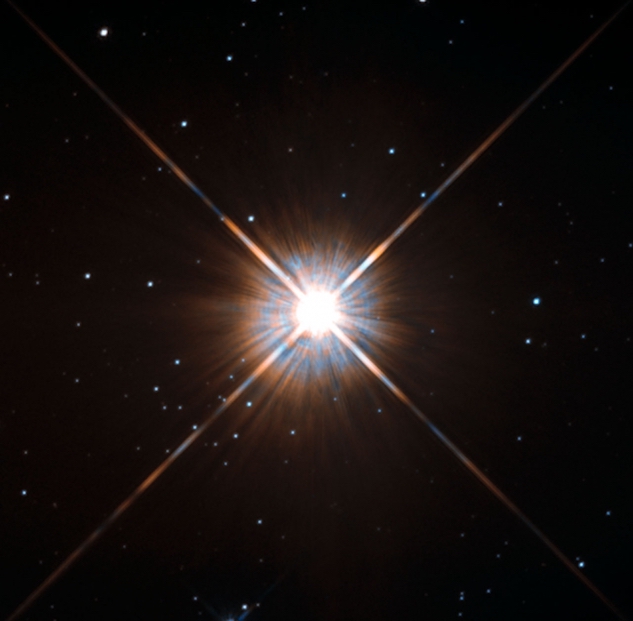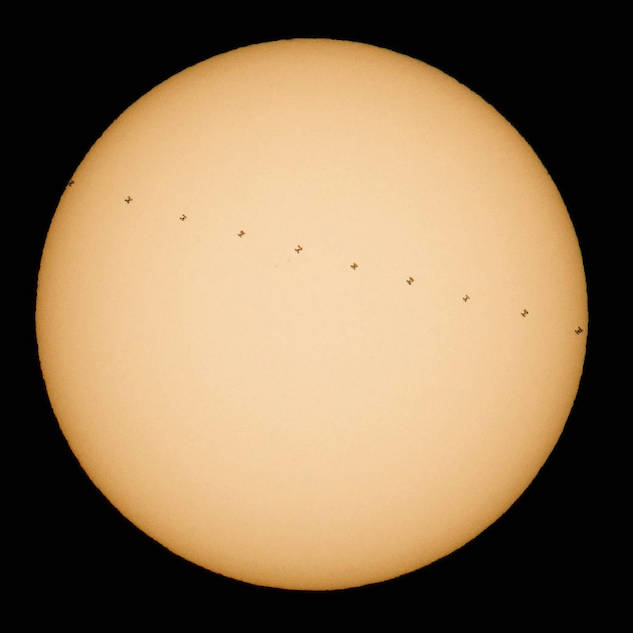Space Matter(s): Proxima b

Space Matter(s) is a weekly column that delves into space science and the mechanics of spaceflight. From the latest discoveries in the universe around us to the fits and starts of rocket test flights, you’ll find analysis, discussion, and an eternal optimism about space and launching ourselves into the cosmos.
![]()
Proxima b. The name sounds so unassuming, and yet it holds so much promise.
In August, scientists using the ESO telescope in Chile found a planet in the “habitable zone” of our nearest star system, just over 4 light years away. The star in question, Proxima
 Image credit: ESA/Hubble & NASA
Image credit: ESA/Hubble & NASA
Let’s break down what this means (and what it doesn’t).
If you think of our own solar system, Earth is (probably) the only planet capable of supporting life. Mercury and Venus are too close to the sun, while the planets beyond ours are too far removed from the sun’s warmth. Earth is a “Goldilocks” planet. We have liquid water on our surface, which is a key ingredient in the evolution of life. We’ve had trouble finding other planets in this habitable zone, especially Earth-sized rocky planets. Most of what we’ve discovered are gas giants.
That doesn’t mean that scientists haven’t been convinced of the existence of these kinds of exoplanets (planets outside our solar system), but they’re hard to find. To understand why, we need to discuss how scientists actually discover other planets. Even through a powerful telescope, direct visual observation of planets is virtually impossible. The sky is just too big. So scientists (and planet-hunting spacecraft like Kepler) turn to other methods to find planets.
-

-

-

-

-

- Curated Home Page Articles By Test Admin October 21, 2025 | 3:10pm
-

- Curated Home Page Articles By Test Admin October 21, 2025 | 2:57pm
- Urls By Test Admin October 21, 2025 | 2:57pm
- Curated Home Page Articles By Test Admin October 21, 2025 | 2:55pm
-

-

-

-

-

-

-

-

-

-

-

-

-

-

-

-

-

-

-

-

-

-

-

-

-

-

-

-

-

-

 Image credit:
Image credit:  Image credit:
Image credit: 


































